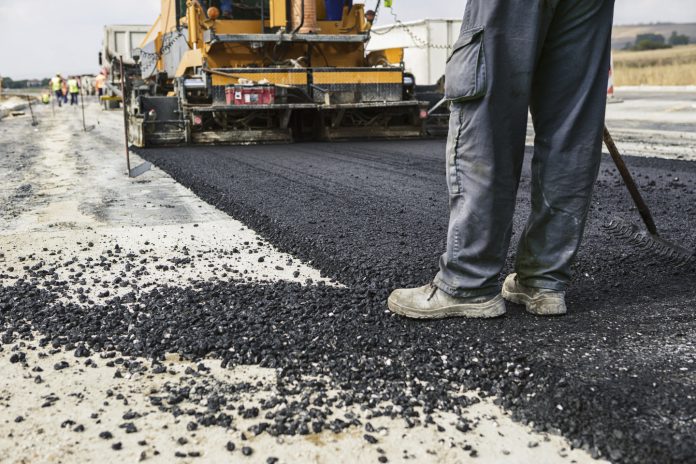Table of Contents
- Introduction to Asphalt
- Asphalt Production Process
- Environmental Concerns
- Recycling and Reuse of Asphalt
- Advancements in Eco-Friendly Asphalt
- Industry Best Practices
Key Takeaways
- Asphalt plays a critical role in infrastructure but poses environmental challenges.
- Developments in recycling and renewable materials show promising pathways to reducing ecological impacts.
- Innovative policies and industry best practices are essential to sustainable asphalt production and use.
Introduction to Asphalt
Asphalt is made by carefully blending bitumen, a sticky, black, and highly viscous liquid or semi-solid petroleum, with other ingredients. This composite material is mainly utilized in road building. The history of asphalt is a narrative of innovation and engineering brilliance, stretching back to its use in early civilizations such as Babylonia and the Indus Valley. The adaptability of asphalt is demonstrated by the fact that its applications have extended to include waterproofing, soundproofing, and even artistic functions. The selection of this widely used building material requires consideration of quality and sustainability, which makes it necessary to look for trustworthy asphalt suppliers near me who share these ideals.
Asphalt Production Process
Asphalt production is an intricately choreographed dance of high-temperature processing, precise mixing, and careful transportation. First, aggregate is dried and heated, then meticulously mixed with bitumen. The energy to fuel these processes is immense and primarily derived from nonrenewable resources. Concerns about greenhouse gas emissions are not unfounded, as the EPA acknowledges the impact of the construction industry on emissions. Optimizing this production process is paramount to enhance efficiency and drive down the environmental footprint attributed to this foundational industry.
Environmental Concerns
Beyond carbon emissions, asphalt manufacture has a negative environmental impact. It can take many forms, including particulate matter, volatile organic compounds (VOCs), and other harmful pollutants that disrupt the ecosystem and degrade air quality. The management of used asphalt is equally troubling. When removed, it must be disposed of correctly to prevent the leaching of pollutants into waterways, potentially disrupting ecosystems. In urban regions, vast expanses of asphalt can exacerbate heat retention, leading to the “heat island” effect and making densely populated areas significantly warmer than their rural surroundings.
Recycling and Reuse of Asphalt
Confronting the sustainability challenge, the industry now emphasizes recycling and reusing asphalt, known as reclaimed asphalt pavement (RAP). RAP repurposes old asphalt, which can be reprocessed and incorporated into new paving projects, a move cheered by environmental advocates. The benefits are substantial, from reducing the need for virgin materials to curbing landfill use. However, the challenges are evident. It requires careful balancing to ensure that recycled asphalt maintains ideal performance requirements, and technology is playing an increasingly important role in promoting this balance as innovations in this field flourish.
Advancements in Eco-Friendly Asphalt
As the dialogue around sustainable materials grows louder, so does the interest in eco-friendly asphalt. Researchers are exploring renewable resources, such as bio-based additives, to reduce dependence on petrochemicals. As documented in numerous studies and trials, breakthroughs in this domain have altered the landscape of possibilities. Successful case studies showcase how modifying the traditional asphalt formula can minimize environmental impacts without compromising the quality and durability that have made asphalt the backbone of modern infrastructure.
Industry Best Practices
Adopting best practices is the compass by which the asphalt industry navigates toward a more sustainable future. One of these strategies is promoting warm-mix asphalt, which is made at a lower temperature using less energy and emitting fewer pollutants. Additionally, lifecycle assessments and environmental product declarations provide transparency and accountability. At the same time, the collaboration between government bodies, academics, and industry leaders helps foster a culture of innovation and responsible resource management. The pathway to environmentally sound practices is continuous improvement and learning; setting benchmarks for others within the construction world.















